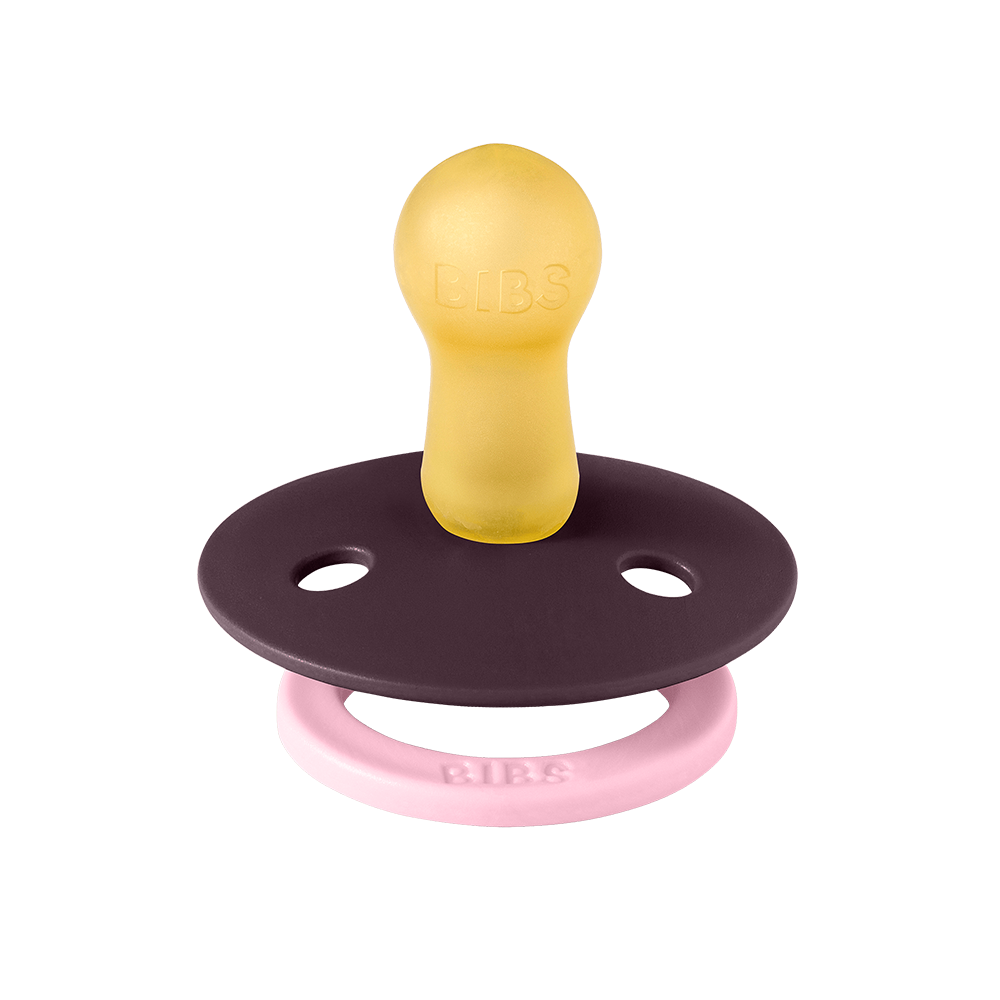How to Encourage Creative Play in Babies and Toddlers

Key Strategies for Developmental Fun
Encouraging creative play in babies and toddlers is a significant step in fostering their developmental growth. Creative play is not just about keeping your child entertained; it is a critical part of their cognitive, physical, emotional, and social development. It allows your child to explore, discover, and learn about the world in a safe and nurturing environment. By engaging in creative play, your child can develop problem-solving skills, enhance their imagination, and improve language and motor skills.
To foster creative play, it is essential to provide opportunities that are open-ended and free from too many rules. This might include activities that involve art materials, building blocks, or even everyday household items that can be used in new and imaginative ways. By observing and responding to your child's interests, you can tailor creative play experiences that are age-appropriate and engaging, which can lead to richer play experiences as they learn and grow.
Key Takeaways
- Creative play is crucial for the comprehensive development of children.
- Offer open-ended activities to stimulate children's imagination and problem-solving abilities.
- Tailor play experiences to children's individual interests and developmental stages.
Creative Play Fundamentals
Creative play is essential to your baby or toddler's growth, paving the way for a healthy development through spontaneous and imaginative activities. It's about nurturing their creativity from a very tender age to foster their physical, emotional, and cognitive skills.
What Is Creative Play?
Creative play involves activities that allow children to explore and express themselves without a set goal or outcome. It's characterized by flexibility and freedom, letting your child use their imagination to transform a box into a spaceship or a spoon into a drumstick. This type of play is not about the toys; it's about the endless possibilities that a child sees in the objects and environments around them.
Benefits Of Creative Play
The benefits of creative play are multifaceted, impacting various aspects of a child's development:
- Cognitive Development: Encourages problem-solving and decision-making skills.
- Emotional Growth: Fosters self-expression and emotional regulation.
- Social Skills: Enhances cooperation and empathy during group play.
-
Physical Benefits: Improves motor skills through the manipulation of different objects.

Best Time To Encourage Creative Play
The best time to encourage creative play is often during your child's natural downtimes. For infants, this might be after a meal when they are awake and alert. Toddlers often benefit from scheduled playtime, as it provides a routine that assures them it's their time to explore and create. Be mindful of your child's individual needs and rhythms, introducing creative play when they seem most receptive.
Encouraging Creative Play By Age
Creative play is essential at every stage of a young child's development. It fosters imagination, cognitive abilities, and social skills. Structuring activities according to your child's age ensures they get the most benefit.
Encouraging Creative Play For Babies And Toddlers
For babies and toddlers, creative play involves simple activities that stimulate their senses and encourage exploration. Introduce a variety of textures, colors, and sounds to captivate their interest and nurture their curiosity.
Creative Play: 0-12 Months
- Textures and Sounds: Soft toys with different fabrics and jingles.
- Sight and Grasp: Show them brightly colored toys to improve focus and hand-eye coordination.
Creative Play: 1-2 Years
- Motor Skills: Provide stacking blocks and soft puzzles to boost fine motor skills.
- Imagination: Offer simple dress-up items for role-playing and encourage pretend play.
Creative Play: 2-3 Years
- Problem-Solving: Simple, age-appropriate puzzles challenge their thinking.
- Artistic Expression: Safe, non-toxic drawing materials like crayons on large paper promote creativity.



















